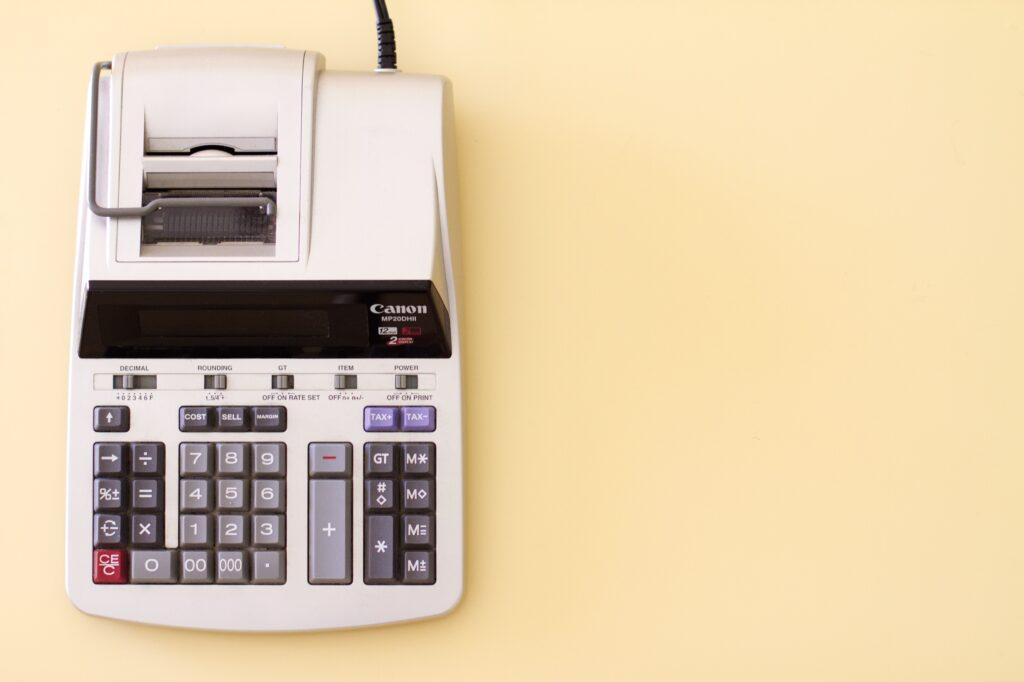
With ever-changing restrictions around data usage in a cookieless, privacy-focused world, one pertinent topic always pops up: 1st-party data. The general consensus is that with industry changes around privacy management, brands should leverage on their own, trusted user base to build their data strategy. Collecting first-party data is nothing revolutionary. Here, we outline detailed steps that your brand can take to maximise its potential. 1) Data Collection 2) Segmentation 3) Activation Read on to learn how to employ first party data into your marketing strategy.
Read More
In Microsoft Excel and Google Sheets, there are two main ways of summarising data: SUMIFs and pivot tables. SUMIFs allow you to summarise data based on a condition, while pivot tables allow you to summarise data by row and column. In this article, we will look at how to use SUMIFs and pivot tables to organise and analyse campaign data. When it comes to working with data, there are two main ways to summarise it: SUMIFs and pivot tables. Both have their pros and cons, but which is the best tool for the job?
Read More
A quick search on Google outlines the many impacts COVID has on our lifestyle, health and wellbeing. This social and economic disruption has also greatly affected most industries, and needless to say it has also largely impacted the advertising industry. Amidst this chaos and disruption, brands have come to realise the need to understand how to run advertising campaigns that protect their image in keeping with the existential climate. We see that the pandemic has catalysed a shift from simply being Brand Safe- which used to refer to spam, malware and inappropriate content to adopting the concept of Brand Suitability - a solution that allows for customised targeting parameters. This solution can either help a brand to avoid content that is specifically inappropriate for its unique sensitivity and values but may be appropriate for another brand. Continue reading on to find out how brand suitability can combat current issues.
Read More
In 2020, eMarketer reported $378.16 billion in digital ad spend globally despite the pandemic. In this massive market, advertisers are constantly trying to get users' attention every single time, but how do they determine whether their ads can be seen? We are a deep-dive on this fundamental metric: viewability. The term viewability was coined at least nine years ago. While the standardisation of what constitutes "a view" was a game-changer to the advertising industry, it also resulted in many varying interpretations and inconsistencies. In this post, we hope to debunk viewability myths and explore how to be more accurate in reporting viewability for a campaign.
Read More
Programmatic has been around since early 2000, but it is only in recent years when digital marketers have begun to turn to it to increase their efficiency of buying advertising spaces online. During the early months of COVID-19 pandemic where many were staying in their homes, brands saw the importance of marketing automation as consumers have been shifting their purchases online.
Read More